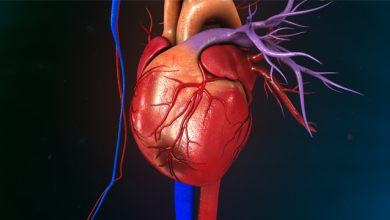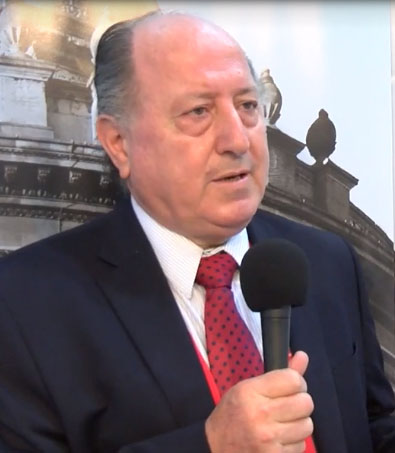Search results
Author(s):
Moritake Iguchi
,
Hiromichi Wada
,
Felipe Martínez
,
et al
Added:
10 months ago
Author(s):
Jose Luis Zamorano
Added:
3 years ago
Heart failure (HF) is a growing and increasingly important chronic disease of the Western world, occurring in at least 2% of the adult population and rising to 3% in those aged over 75 years.1 It is characterised by inadequate systemic perfusion due to impairment of the cardiac pump function. Clinical HF is a progressive condition, typically with high morbidity and mortality rates. It therefore…
View more
Justin Ezekowitz
Author
Felipe Martínez
Research Area(s) / Expertise:
Author
Author(s):
Charlotte Eitel
,
Gerhard Hindricks
,
Christopher Piorkowski
Added:
3 years ago
Cardiac resynchronisation therapy (CRT) is an established therapy for patients with drug-refractory, highly symptomatic systolic heart failure (HF) and delayed ventricular conduction.1 CRT devices are designed to synchronise the mechanical activity within the left ventricle, between the left and the right ventricle and between the atria and ventricles. Resynchronisation induces reverse…
View more
Author(s):
Jose Luis Zamorano
Added:
3 years ago
The clinical and economic impact of heart failure (HF) is well documented. It affects 22 million people worldwide, occurs in at least 2% of the Western adult population and is a progressive condition with high morbidity and mortality rates, placing a significant burden on healthcare resources.3 One of the keys to reducing the clinical and economic impact of HF is accurate and early diagnosis of…
View more
Author(s):
Josep Lupón
,
Antoni Bayés-Genís
Added:
3 years ago
The left ventricular ejection fraction (LVEF) – calculated as the stroke volume (end-diastolic volume minus end-systolic volume) divided by the end-diastolic volume – remains the main driver for categorising heart failure (HF) and it is a cornerstone in all randomised clinical trials for patients with HF. Although LVEF has many acknowledged limitations, it remains key for the classification,…
View more
Author(s):
Philip Adamson
Added:
3 years ago
A growing appreciation of the prevalence of sleep breathing disorders, especially as co-morbidities of disease syndromes such as chronic heart failure, has increased interest in screening, diagnosis and treatment of obstructive and central sleep apnoea. Sleep apnoea diagnosis currently requires an overnight polysomnograhic evaluation in which the disease is defined as the number of times per hour…
View more
Author(s):
Miguel Mendes
Added:
3 years ago
As far as I know, the designation ‘optimal medical treatment’ was first used by the Clinical Outcomes Utilizing Revascularization and Aggressive Drug Evaluation (COURAGE) trial1 investigators as a synonym for the state-of-the-art measures encompassing drug regime, diet and physical activity recommended by the US guidelines for stable angina and acute coronary syndrome (ACS). Looking at the most…
View more
A Review of Angiotensin Receptor Blocker-based Therapies at all Levels of Cardiovascular Risk
Author(s):
Giuliano Tocci
,
Lorenzo Castello
,
Massimo Volpe
Added:
3 years ago
Article












 « First
« First